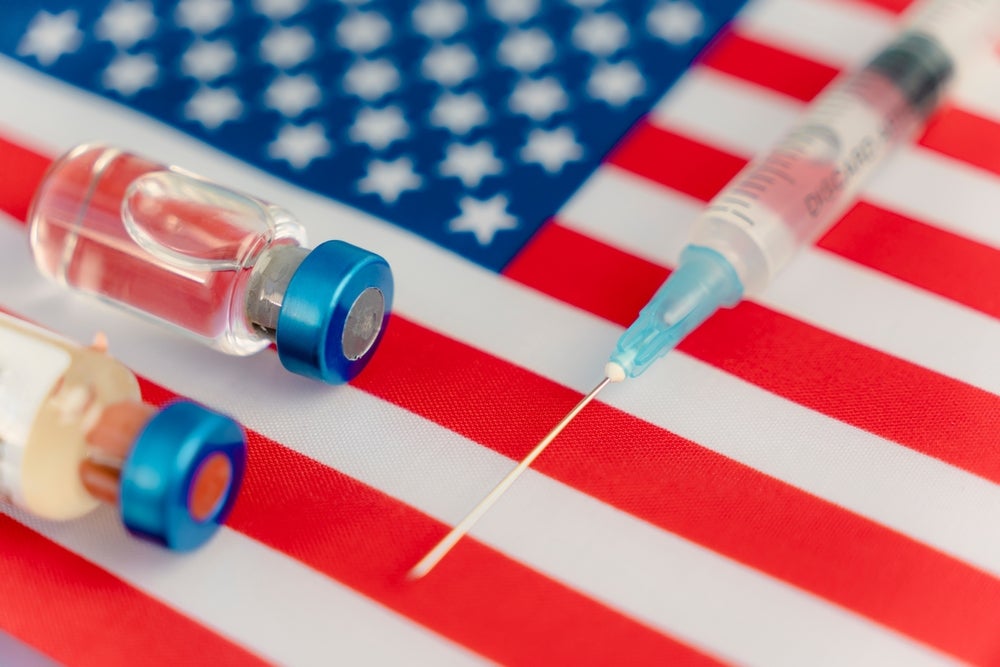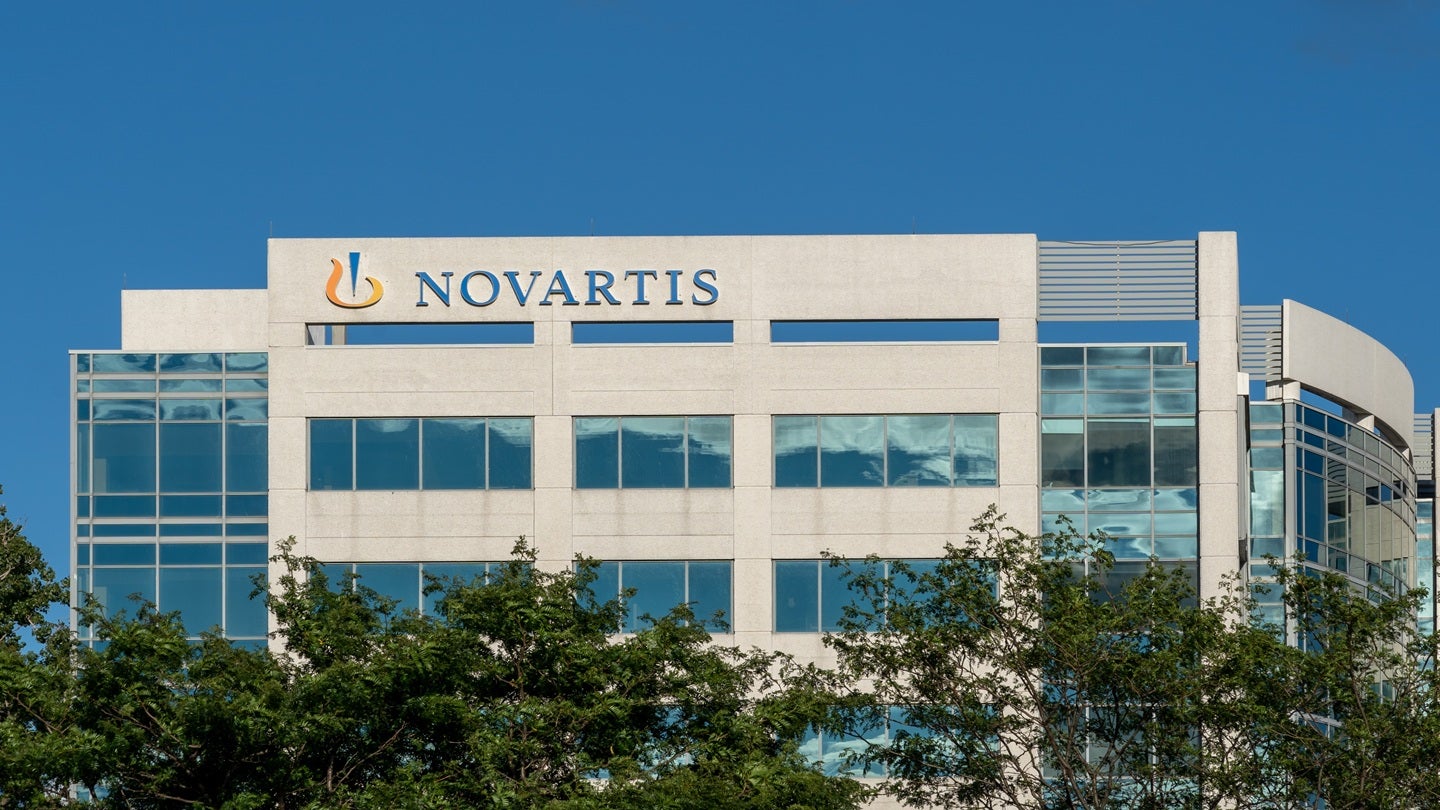The medical device sector’s surging regulatory burden: how are suppliers coping?
Regulators around the world are increasing their scrutiny of medical devices as these become more critical to patient outcomes. Referencing new research, Peter Muller and Mike Baird of Schlafender Hase consider how well Class 2 and 3 device manufacturers are adapting. The global medical device industry is expected to be worth $886.80 billion by 2032[1]. […] The post The medical device sector’s surging regulatory burden: how are suppliers coping? appeared first on LifeSci Voice.

Regulators around the world are increasing their scrutiny of medical devices as these become more critical to patient outcomes. Referencing new research, Peter Muller and Mike Baird of Schlafender Hase consider how well Class 2 and 3 device manufacturers are adapting.
The global medical device industry is expected to be worth $886.80 billion by 2032[1]. It is no coincidence that company representatives now make up a growing proportion of attendees at Regulatory Affairs Professionals Society meetings. As devices become more critical to patient outcomes, regulators around the world are steadily increasing their associated safety controls.
A new international benchmark report[2] considers how well manufacturers and their international partners are adapting to the rising regulatory demands. The 2024 study was conducted with 202 regulatory professionals at Class 2 and 3 device companies in the EU (Germany) and North America (the US).
Emerging & intensifying regulatory requirements
The research first tested medical device companies’ awareness of and current involvement with a number of increasingly prominent regulatory initiatives.
E-labeling/eIFU
E-labeling is high on the medical device regulation agenda on both sides of the Atlantic. Electronic information provision and management promotes standardization and consistency (e.g. of format and terminology), making it easier to manage and process the contents in any market. It also plays a key role in product traceability, a critical safety lever.
Providing critical product information digitally (e.g. under expectations associated with electronic instructions for use, or eIFU) makes it easier to issue prompt updates, too. It also simplifies international content and translation management and, in the case of user advice or safety information, facilitates spontaneous online or mobile lookup by clinicians or patients. Crucially, e-labeling allows device manufacturers to provide more detail than can fit on a physical label.
Currently, just under two-thirds (62%) of medical device companies are involved in e-labeling initiatives. EU companies are more likely to be actively involved in e-labeling than those in the US (71% vs 53%, respectively). This makes sense as the EU is ahead of the US with the practice; companies here are also less likely to outsource labeling as a service.
FHIR/standardized data exchange
Fast Healthcare Interoperability Resources is a proposed new global standard, designed to streamline data exchange and facilitate real-time information access for healthcare providers. It will shift the emphasis of content creation and management to ‘publishing’ rather than ‘printing’, promoting the digitization of the production and management of regulated medical device information and content.
In the survey, three in five respondents (60%) were involved with the standard, rising to 67% for EU (German) respondents; in the US, only just over half were occupied with FHIR (FHIR is not as high profile in the US), though the FDA is encouraging manufacturers to adopt interoperability standards.
UDI/device identification
Unique device identification (UDI) employs a unique numeric or alphanumeric code to identify individual devices across the healthcare supply chain. Although approached slightly differently, a UDI system is advocated by both EMA and the FDA. Benefits include expedited and more targeted product recalls, a reduction in product counterfeiting, and a better, safer experience for patients.
In the survey, two-thirds (66%) of respondents (rising to 74% of EU survey participants, but accounting for a much lower proportion in the US at 57%) express involvement in UDI activity.
Navigating new demands: upcoming priorities
So how are medical device suppliers responding to growing authority expectations?
Compared to the pharmaceutical market, the use of regulatory information management (RIM) systems is currently less prominent in medical device companies, featuring for just 29% of respondents, followed by structured authoring/creation tools (27%). The penetration of formal systems in the medical device sector is likely to grow as ambitions rise and regulations expand.
Respondents indicated that as they continued to invest in existing devices, as well as projects linked to emerging healthcare trends, and new materials and technologies, they would look to a range of technology solutions for support – most notably electronic document management (EDM); content management; proofreading/content comparison; labeling management; and product lifecycle management solutions – each cited by a third of respondents.
To cope with increased regulatory submissions, more than a third (36%) of medical device companies use software to accelerate the proofreading and content review process for regulatory documents, labeling materials, and promotional content; while a slightly smaller proportion (29%) still do this manually in house – rising to 37% of medical device companies in the US. In the EU, more respondents (41%) use software to help them review content quality. A third (34%) of all respondents outsource content proofreading, which could be as part of a broader arrangement with an external partner.
As tracking and supply chain transparency requirements rise, the challenges of producing compliant and correct device packaging and labeling for each respective market intensify. In the research, this pain point saw particularly strong responses. Just under two thirds (65%) of respondents said they find translations challenging to manage; 61% find barcodes challenging to manage; 60% struggle with graphics including symbols (shorthand guidance on device sterilization, for instance); and 59% have difficulty with tables. This is on top of any issues getting the text right (cited as a challenge by 54% of respondents).
Technology could offer a powerful solution here, although enhancements to processes are essential too to maximize any investment.
Lessons learned & next steps
The study culminated with device companies’ top takeaways that will inform their next regulatory actions. These were greater investment in company culture (cited by 35%, rising to 43% of German/EU respondents); increased resources/recruitment (34%); greater emphasis on wellbeing (33%); more investment in technology (33% – rising to 42% of US respondents); and increased focus on education and training (32%).
The prioritization of cultural and wellbeing factors further highlights the growing pressure regulatory functions are under, and the criticality of making teams – and the way they work – part of the solution.
[1] Medical Devices Market, Fortune Business Insights, June 17, 2024: https://www.fortunebusinessinsights.com/industry-reports/medical-devices-market-100085
[2] The independent Censuswide survey, commissioned by Schlafender Hase, was conducted in late May/early June 2024, among 202 regulatory professionals at Class 2 and 3 medical device companies (those deemed of intermediate to high risk in the event of a malfunction or quality/safety issue). The samples were split 50/50 between respondents in the EU (Germany) and North America (the US).
The post The medical device sector’s surging regulatory burden: how are suppliers coping? appeared first on LifeSci Voice.
What's Your Reaction?
































